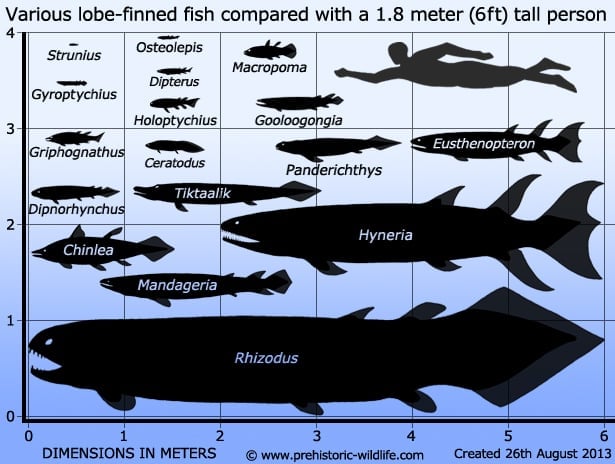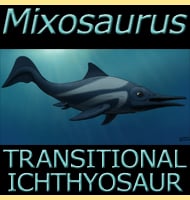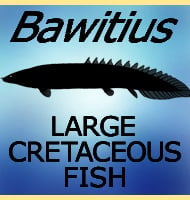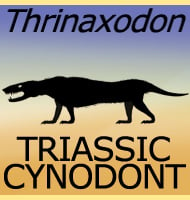In Depth
Dipterus is a genus of early lungfish that for a long time was thought only to have lived in Europe during the Devonian period. However, since another genus of fish named Catopterus became treated as a synonym to the genus, it now seems that the Dipterus existed all the way to the late Triassic period in North America. The genus is also sometimes credited as living in Australia too.
As a lungfish, Dipterus would have been able to survive out of the water for extended periods, suggesting a lifetime spent in shallow waters that were replenished by seasonal floodwaters, or perhaps even tidal waters where the water level rose and fell with the push and pull of the tide. Dipterus however does not seem to have lungs that were as well adapted as later genera, and still gills, that were better adapted than said later genera. With these features in mind, it seems that Dipterus were more at home in the water.
Like with many of their sarcopterygian ancestors, the fins on the body of Dipterus were situated mostly towards the rear, and the tail was asymmetrical with a highly developed upper lobe. These would have been features that allowed for both sudden bursts of speed as well as reducing any rubbing of the tail against the bottom, something that would have protected the tail when Dipterus was resting in shallows or out of the water completely.
Further Reading
– On some changes in the names, generic and specific, of certain fossil fishes. – The American Naturalist 33:783-792. – O. P. Hay – 1899. – Upper Devonian fish from Colorado. – Journal of Paleontology 10(7):656-659. – W. L. Bryant & J. H. Johnson – 1936.











